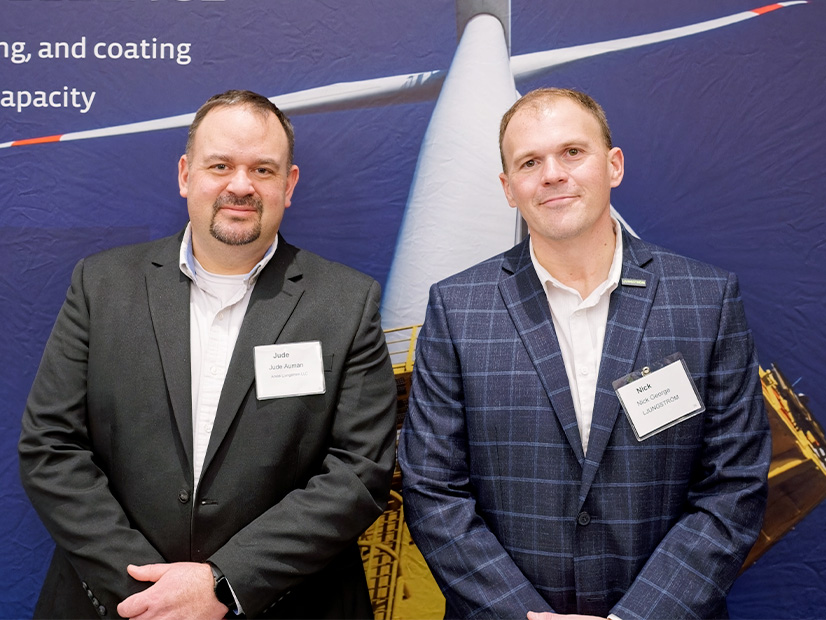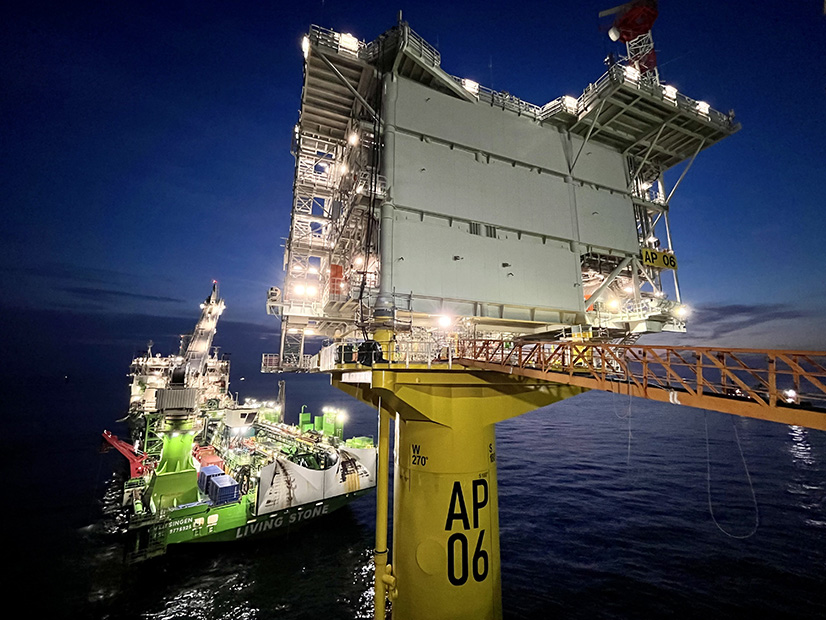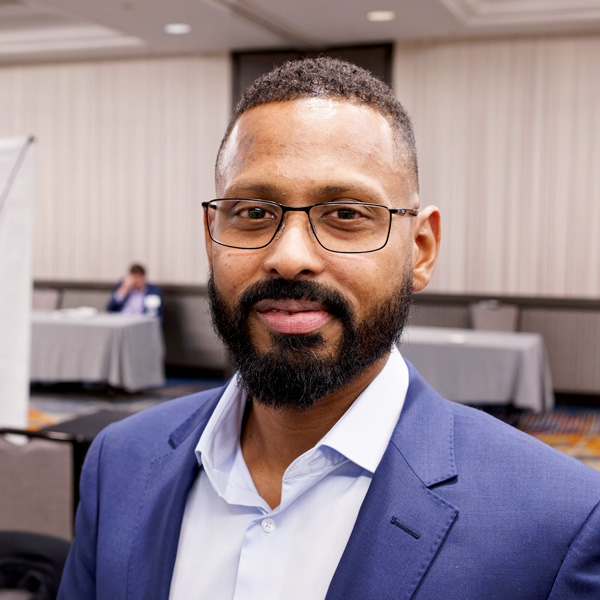
Two very different New York companies explain their experience with offshore wind development.
BROOKLYN, N.Y. — Offshore wind development is the sum of many parts, creating many business opportunities beyond the heavy manufacturing and heavy lifting that only a few companies can perform.
This point was made repeatedly at the New York-New Jersey Offshore Wind Supplier Forum in Brooklyn on Jan. 11. The two states have a combined 20-GW goal and expect those projects to need everything from lighting and security fencing to paving and portable offices to meal delivery and housekeeping. And electrical components, of course.
“There’s a lot of opportunity for small suppliers, bigger suppliers to come in and deliver goods and services,” said Steffen Bo Clausen of Vestas Wind Systems.
“It’s an emerging market, but the general approach with Vestas historically, we’ve used the local supply chain in the neighborhood for many things.”
NetZero Insider spoke to leaders of two very different New York companies that have benefited from offshore wind development.
The Turnaround
Ljungstrom is one of those success stories that advocates hope offshore wind will nurture in the United States during the transition away from fossil energy.
The company builds efficiency components for coal-burning power plants at a factory in Wellsville, more than 200 miles from the nearest ocean shoreline.
And it is located in one of the original U.S. oil patches — legend has it that in 1627, at a spring not far from where the Ljungstrom factory stands today, a French missionary was the first European to see petroleum in North America.
Ljungstrom’s employee ranks had been shrinking with the coal industry, but that stopped when the company won contracts to build secondary steel components (anode cages, internal platforms, monopile doors) for the South Fork, Revolution and Sunrise offshore wind farms.
“This has been amazing for our workforce. We’ve hired a hundred people in the last year,” said Nick George, a member of the sales team.
“Jude’s personal goal here is to never lay off anyone again,” he added, referring to business development manager Jude Auman.
Ljungstrom had a moment in the spotlight two days earlier, as Gov. Kathy Hochul (D) highlighted its turnaround in the video introduction to her State of the State Address. Auman narrated that segment of the video.
George and Auman said the transition from coal to marine wind was not difficult.
“Learning new specs and all that, we’re good at that,” George said. “There’s aches and pains along the way, but for the most part [it’s] an easy transition.”
Onshore wind has been a harder nut to crack. Ljungstrom could do the work, but it has not been able to get into the supply chain, which is firmly established in the United States.
The new offshore wind industry has provided an unlikely opportunity for the company and the Allegany County, where the population has been stagnant or shrinking for decades. Census data show a significantly smaller percentage of county residents engaged in the workforce than New Yorkers as a whole and a poverty rate significantly higher in the county than for the state.
There simply are not very many good jobs. And, not coincidentally, there are not very many skilled workers.
“I think there’s only 45,000 residents in Allegany County,” George said. “It’s tough to find and keep people.”
The Growth Curve
Many speakers at the forum emphasized the importance of skilled workers in the equation.
Red Ironworks CEO Jason Chadee, who spent two months straight at sea helping build the South Fork Wind substation last year, spoke about the importance of having the right people on an installation project.
“You really have to educate the workforce on what it is to work offshore — you’re not going to have cellphone service, you’re going to be away from your family for some time, those things take a mental toll. These things you have to consider. Some people are on restricted diets. When you go out there, you eat what is supplied.”
The worst thing for Chadee was not the tight living quarters or lack of cell service, it was the time away from his children when fog and other delaying factors extended his time at sea.
“I’ll be honest with you, I wasn’t planning to be there for two months, I was planning to be there two weeks,” Chadee said. “I didn’t plan on it, but I did it as a decision for the company.”
Chadee bought majority ownership of the Long Island company two years ago. It was not specifically a play for the new offshore wind market — he had been following the sector for years as it took shape, but he was focused more on the terrestrial projects that provide the bulk of the company’s work.
“I used to be a consultant for them. I saw opportunity to grow,” Chadee said. “Since then, we grew about 800%.”
He thinks experienced onshore ironworkers can transition well to offshore work. As members of the union, they have a minimum of 1,000 hours of classroom training and 6,000 hours of field experience. They can do the tasks involved. The question is whether they want to.
“I am an ironworker by trade, and all the other ironworkers there, we are accustomed to working very hard and working a lot of overtime for many years,” Chadee said. “The new workforce, that is something they have to consider. I think they need to engage that person, so they know what they are getting into.”
There will be some attrition, he predicted.
“Based on the crew they had out there, there’s a couple of them that said they don’t want to do that again. So, there are people I think after their first rotation or two won’t like it. Definitely.”



